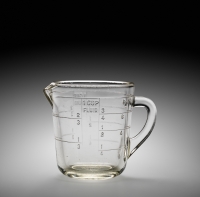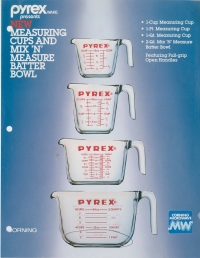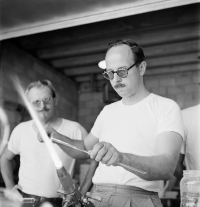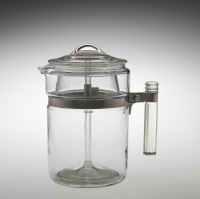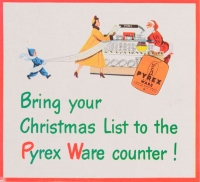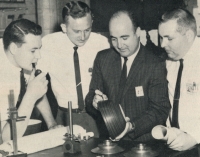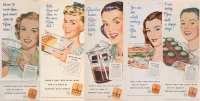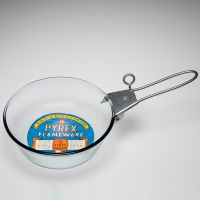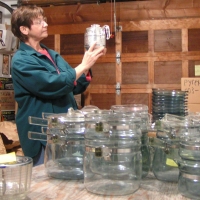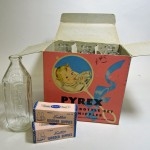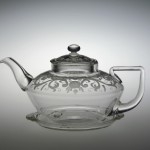In 2010, The Corning Museum of Glass acquired a wonderful collection of Pyrex glass and research from Dianne Williams, who spent nearly a decade building her collection. She amassed 1000+ pieces of Pyrex Ware—including casserole dishes, bread pans, pie plates, ramekins, teapots, nursing bottles, platters, measuring cups, carafes, skillets, percolators and mixing bowls. She also collected original advertisements, displays, recipe cards and promotional items. These print materials make up the bulk of her research collection, “The Dianne Williams Collection on Pyrex, 1915-2010” housed in the Rakow Research Library’s Archives and Special Collections.

